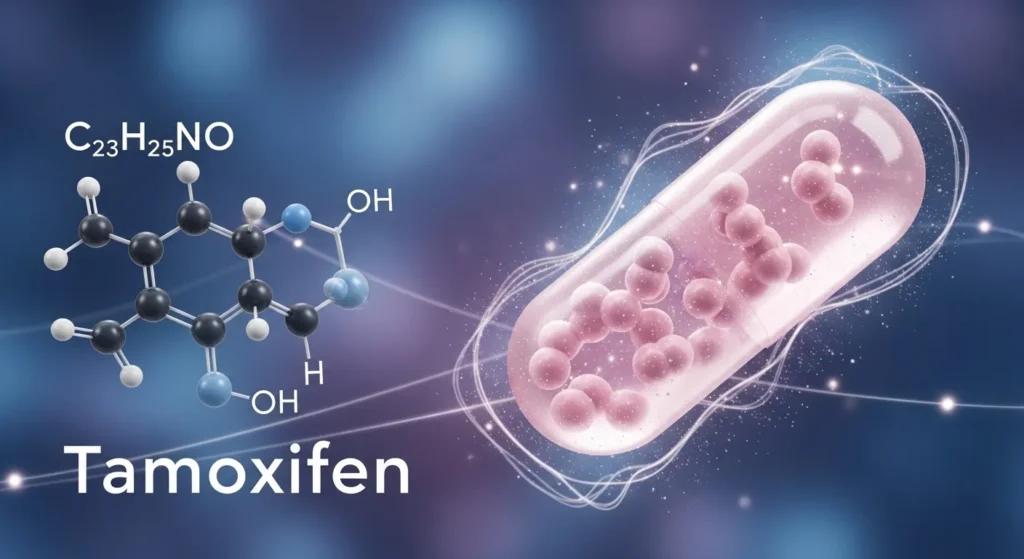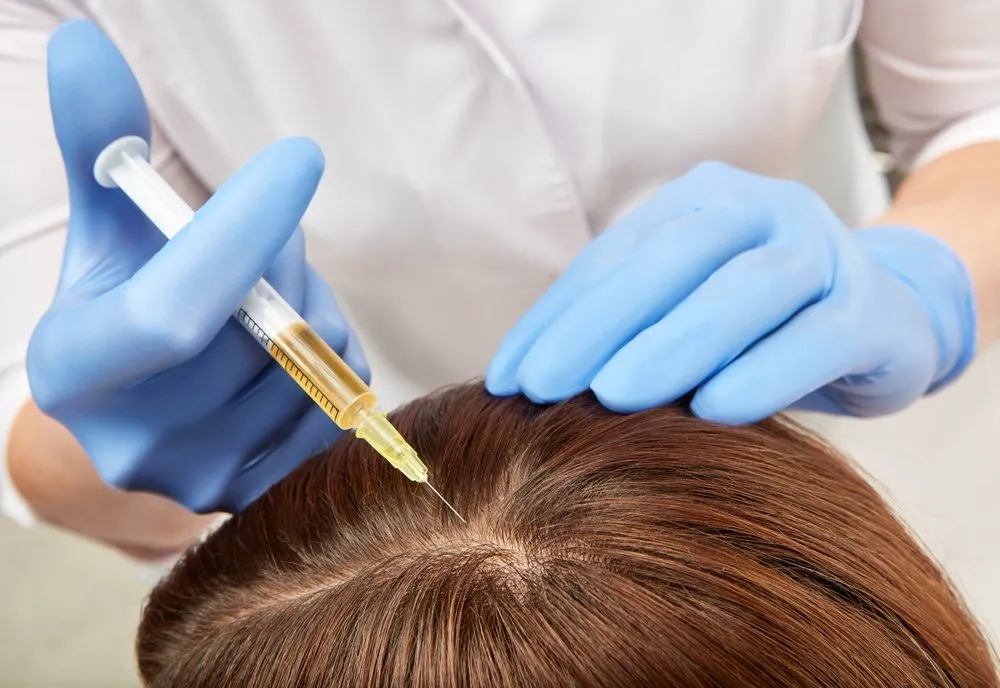If you’re wondering can tamoxifen cause hair loss, you’re not alone. Many breast cancer patients experience unexpected hair thinning while on this hormone therapy.
In this medically reviewed guide, we’ll break down why it happens, how long it lasts, and what you can do to manage it. You’ll also discover expert tips, possible treatment options, and real recovery expectations—helping you regain control and confidence during your healing journey.
Understanding Hair Changes on Tamoxifen

What the Research Says
Tamoxifen, a selective estrogen receptor modulator (SERM), is commonly prescribed to treat or prevent hormone-receptor-positive breast cancer. While it’s not associated with the complete hair loss often caused by chemotherapy, studies show that up to 25% of patients may experience some form of hair thinning while taking tamoxifen.
This hair loss is typically diffuse thinning—not patchy or total baldness. It’s most noticeable on the crown or along the hairline. Many patients only realize the change after several months into treatment, often confusing it with other stress- or nutrition-related causes.
How It Differs from Chemo-Induced Hair Loss
Unlike chemotherapy, which directly targets rapidly dividing cells (including hair follicles), tamoxifen-induced hair thinning is subtler. Chemotherapy causes anagen effluvium—a sudden, often total hair loss. Tamoxifen usually leads to telogen effluvium, where more hairs enter the resting phase and shed over time.
Pro Tip: If you’re seeing clumps of hair fall out rapidly, consult your oncologist—it might be related to another treatment or condition.
Why Tamoxifen Can Cause Hair Thinning
Hormonal Mechanisms: Estrogen Suppression & Androgen Effects
Tamoxifen works by blocking estrogen receptors in breast tissue—but estrogen also plays a key role in supporting healthy hair growth. Reduced estrogen levels can shift hair follicles into a resting state (telogen), which may lead to increased shedding.
Additionally, estrogen normally counteracts the effects of androgens (male hormones like testosterone). When estrogen is reduced, androgen levels can dominate, potentially triggering androgenetic alopecia (a pattern of hair thinning).
Types of Alopecia Involved
- Telogen Effluvium: Temporary shedding due to hormonal shifts.
- Anagen Effluvium (rare): More common with chemotherapy, but rarely with tamoxifen alone.
- Androgenetic Alopecia: May be unmasked or worsened due to estrogen suppression.
Other Contributing Factors
- Nutritional deficiencies (iron, zinc, protein)
- Thyroid dysfunction
- Stress and anxiety
- Concurrent medications (e.g., aromatase inhibitors, antidepressants)
Who Is Affected? Risk Factors & Gender Differences
Female vs Male Experiences
Hair thinning on tamoxifen is more commonly reported in women, likely because they’re more aware of hair texture and volume changes. However, men with breast cancer or on tamoxifen for prostate cancer may also experience similar symptoms.
Duration on Therapy & Combined Treatments
- Long-term tamoxifen use (over 5 years) increases risk of persistent hair thinning.
- Patients undergoing combined endocrine therapy (e.g., tamoxifen + ovarian suppression) are more likely to notice hair changes.
- Other cancer treatments (e.g., radiation, chemotherapy) may compound the effect.
How Long Does Hair Thinning Last? Regrowth Expectations
Most patients begin to notice hair thinning within the first 3–6 months of starting tamoxifen. The good news? Hair regrowth is often possible after discontinuation of the drug.
Typical Timeline:
- 0–6 months: Gradual thinning begins.
- 6–12 months: Shedding plateaus; regrowth may begin if tamoxifen is stopped.
- 12+ months: Full recovery is possible, but may depend on age, genetics, and overall health.
Expert Recovery Timeline (Chart)
| Timeframe | Hair Condition | Management Suggestion |
|---|---|---|
| 0–3 months | Initial shedding | Gentle hair care |
| 3–6 months | Ongoing thinning | Nutritional support, consult dermatologist |
| 6–12 months | Plateau/regrowth | Consider topical treatments |
| 12+ months | Recovery/stabilization | Monitor and adjust strategy |
How to Manage & Minimize Hair Loss
While you may not be able to completely prevent hair loss on tamoxifen, there are steps you can take to slow it down and support regrowth.
Hair Care Best Practices
- Use sulfate-free, gentle shampoos
- Avoid heat styling and harsh chemical treatments
- Pat hair dry—don’t rub aggressively
- Limit tight hairstyles that pull on the scalp
Medical Options
- Topical Minoxidil (Rogaine): May help stimulate hair growth
- 5-alpha reductase inhibitors: Only under medical supervision
- Platelet-Rich Plasma (PRP) therapy: May be an option for resistant thinning

Nutritional Support
- Iron, zinc, and B-complex vitamins
- Vitamin D for hormonal support
- Omega-3 fatty acids for scalp health
Pro Tip: Always consult your oncologist before starting any supplement.
Scalp Cooling (for Concurrent Chemo)
Although scalp cooling is more relevant for chemotherapy, it may offer protective benefits for those undergoing combined treatment.
When to Talk to Your Doctor
You should consult your physician if you notice:
- Rapid or sudden clumps of hair falling out
- Itchy, painful, or inflamed scalp
- Thinning that impacts your mental health or daily confidence
- No improvement after 6–12 months off therapy
Frequently Asked Questions
Q: Can hair fully regrow after stopping tamoxifen?
Yes, in many cases. However, regrowth may take 6–12 months and may not return to pre-treatment volume.
Q: Is thinning permanent or reversible?
Tamoxifen-related hair loss is usually reversible, especially if no other treatments are involved.
Q: Does dosage or duration affect hair loss risk?
Longer durations may increase risk, but not all patients are affected.
Q: Are men at risk too?
Yes. While less commonly discussed, men on tamoxifen (for prostate or male breast cancer) may experience similar side effects.
Ready to Take Control of Your Hair Health?
If you’re dealing with hair thinning from tamoxifen, you’re not alone—and there are solutions. Book a consultation with Dr. Rana Irfan in Islamabad to receive a personalized hair restoration plan that aligns with your ongoing cancer treatment.
